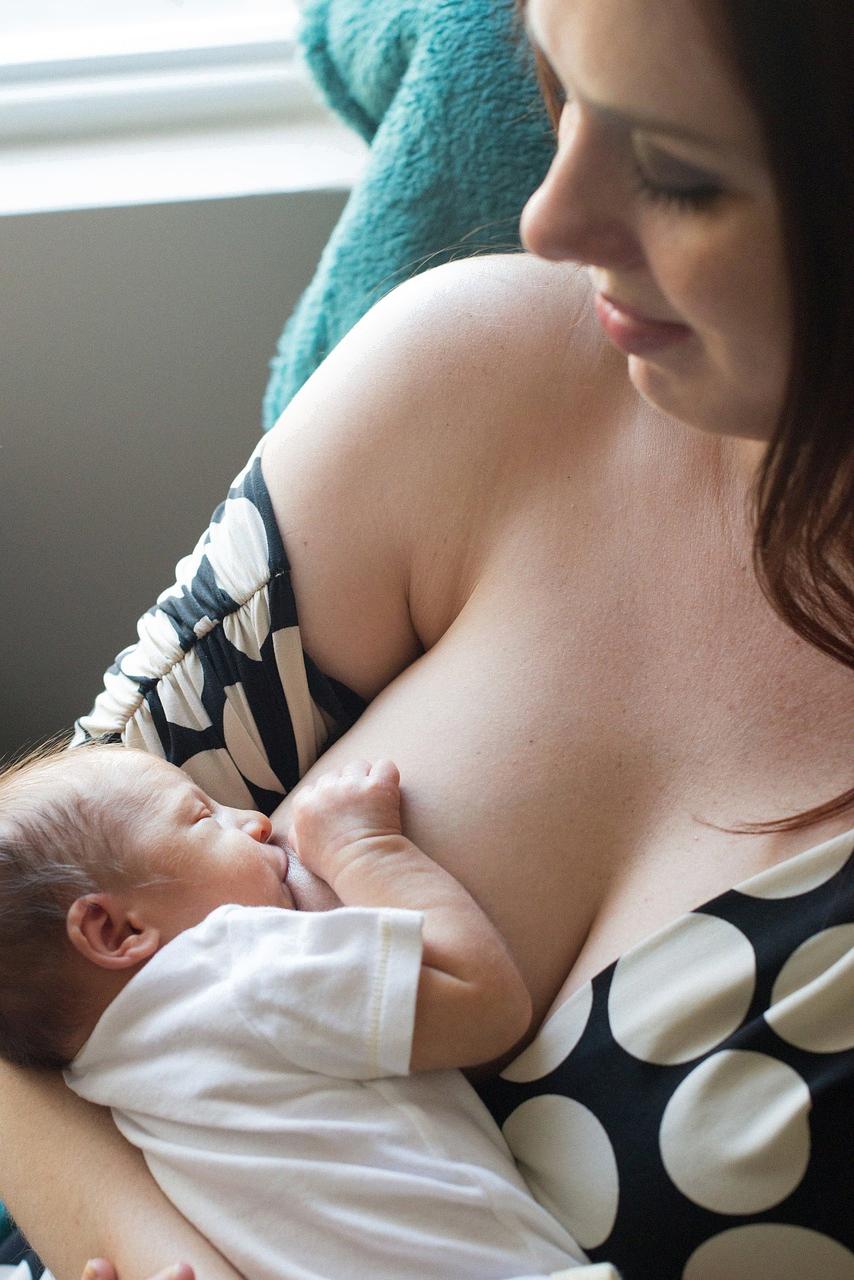After a breastfeeding session, noticing that your nipple appears flat or different in shape can be concerning. However, it’s essential to understand that this occurrence is relatively common among nursing mothers and can usually be addressed with some simple adjustments.
Assessing Baby’s Latch
One of the primary reasons why your nipple may appear flat after breastfeeding is related to your baby’s latch. A shallow latch can lead to improper nipple utilization during feeding, causing it to look compressed or flattened post-feeding.
Seeking Support
If you are experiencing consistent issues with flat nipples after breastfeeding, it’s advisable to reach out to a lactation consultant or a WIC breastfeeding expert for personalized guidance. These professionals can observe your breastfeeding sessions and provide specific tips tailored to your situation.
Adjusting Latch Technique
One effective way to address flat nipples post-breastfeeding is by ensuring that your baby has a deep latch during feeding. Encouraging a wider latch can help prevent nipple compression and improve milk transfer efficiency.
Addressing Discomfort
If you encounter discomfort while breastfeeding due to a flat nipple, it’s important to address the issue promptly. Gently breaking the latch and repositioning your baby to achieve a better latch can help alleviate discomfort and prevent further nipple issues.
Utilizing Supportive Resources
Don’t hesitate to seek support from breastfeeding resources such as lactation support groups or online forums. Connecting with other breastfeeding mothers who have experienced similar challenges can offer valuable insights and encouragement.
Practicing Skin-to-Skin Contact
Engaging in skin-to-skin contact with your baby outside of feeding times can help promote bonding and stimulate natural feeding behaviors. This closeness can also enhance breastfeeding success and potentially improve latch quality.
Remaining Patient and Persistent
It’s important to remember that addressing flat nipples after breastfeeding may require patience and persistence. Implementing recommended techniques and seeking assistance when needed can gradually lead to improved breastfeeding outcomes.
Embracing Different Feeding Positions
Exploring various breastfeeding positions can also aid in preventing nipple flattening. Experimenting with positions that allow for a deeper latch and better nipple extension can make a notable difference in your breastfeeding experience.
Monitoring Progress and Seeking Feedback
Regularly monitoring your progress in addressing flat nipples post-breastfeeding is crucial. If you find that issues persist despite your efforts, don’t hesitate to consult with a healthcare provider or lactation specialist for further evaluation and guidance.
Establishing a Supportive Environment
Surrounding yourself with a supportive network of family and friends who understand the challenges of breastfeeding can positively impact your journey. Seeking emotional support and practical assistance can help you navigate through any difficulties you may encounter.
Appreciating Your Breastfeeding Journey
Remember that each breastfeeding journey is unique, and experiencing challenges such as flat nipples post-feeding is a common aspect of this process. Embrace the learning opportunities and growth that come with overcoming hurdles along the way.

